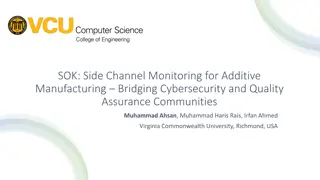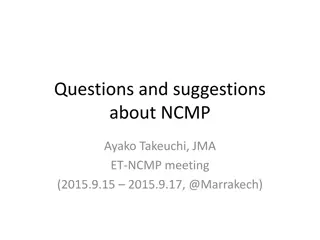Inside the Work of IReL Monitoring Group and Data Collection Analysis
Explore the activities of the IReL Monitoring Group, their current membership, terms of reference, and work process. Discover how data is collected, analyzed, and reported for different research fields and resource types. Learn about the challenges in standardizing usage statistics and the significance of cost per use in evaluating consortial resources effectively.
Download Presentation

Please find below an Image/Link to download the presentation.
The content on the website is provided AS IS for your information and personal use only. It may not be sold, licensed, or shared on other websites without obtaining consent from the author. Download presentation by click this link. If you encounter any issues during the download, it is possible that the publisher has removed the file from their server.
E N D
Presentation Transcript
Inside the work of the IReL Monitoring Group Rose Buttimer, IReL Monitoring Group Chair Aaron Binchy, IReL Officer 5 December 2018
Audience - Funders Higher Education Authority Irish University Association The Department of Business, Enterprise and Innovation
Configuring data Standardised Usage Statistics Counting and reporting usage data is far from a simple process, since the ultimate data can vary significantly depending on what exactly is counted (HTML, PDF or both), how it is counted (loads, versus reloads, internal links, etc.), and what counts (bots, automated usage, clicks to abstracts, or landing pages or the full text). Todd A Carpenter Scholarly Kitchen 30 Jan 2017 https://scholarlykitchen.sspnet.org/2017/01/30/counter-prepares-release-5-code-practice/
What we collect Cost by Resource Type Usage by Research Field 4% 15% E-Book 0. MULTIDISCIPLINARY E-journals 5% Database 1. Medical, Health and Life Sciences & Technologies 81% 2 Environment (incl.) Climate Change 4. Biological Sciences, Agriculture, Food, Fisheries, Marine & Natural Resources 36% 47% 5. Physical & Chemical Sciences & Engineering (incl. Materials, Advanced & Emerging Technologies) 2017 - Usage by Resource Type 6. Information & Communication Technology 7. Transport, Infrastructure, Manufacturing & Production 29% 0% E-journals 3% 5% 8. Social Sciences, Economics, Law & Business 3% 0% 1% E-Book 6% 65% Database 9. Humanities
Cost per use (CPU) Quote for Slide: Cost per use (CPU), an extremely valuable metric in evaluating big deals in particular, is often used as a primary evaluation tool within consortia .when considering and attempting to compare differing types of use across varied resource formats and subject areas. Understanding the need for more in-depth and holistic approaches to consortial resource evaluation is one thing, implementing it another. Determining Value: The Development of Evaluation Metrics for Shared Content Genya O Gara and Anne Osterman http://www.ala.org/acrl/sites/ala.org.acrl/files/content/conferences/confsandpreconfs/2017/DeterminingValue.pdf
CPU Euro to Dollar Graph courtesy of Statista: https://www.statista.com/statistics/412794/euro-to-u-s-dollar-annual-average-exchange-rate/
CPU Red Flag Understanding the need for more in-depth and holistic approaches to consortial resource evaluation is one thing, implementing it another. O Gara and Osterman
Future considerations Altmetrics COUNTER Code of Practice release 5 COUNTER Code of Practice for Research Data Usage Metrics release 1 LIBER s Open Access: Five Principles for Negotiations with Publishers Outcome of IReL Review and expanding membership
Contact Details Aaron Binchy Email: Tel.: Web: Aaron.Binchy@mu.ie +353 (0)1 474 7112 www.irelibrary.ie Email: Rose Buttimer r.buttimer@ucc.ie Tel.: Web: +353 (0)21 490 2085 https://libguides.ucc.ie/eresources/home
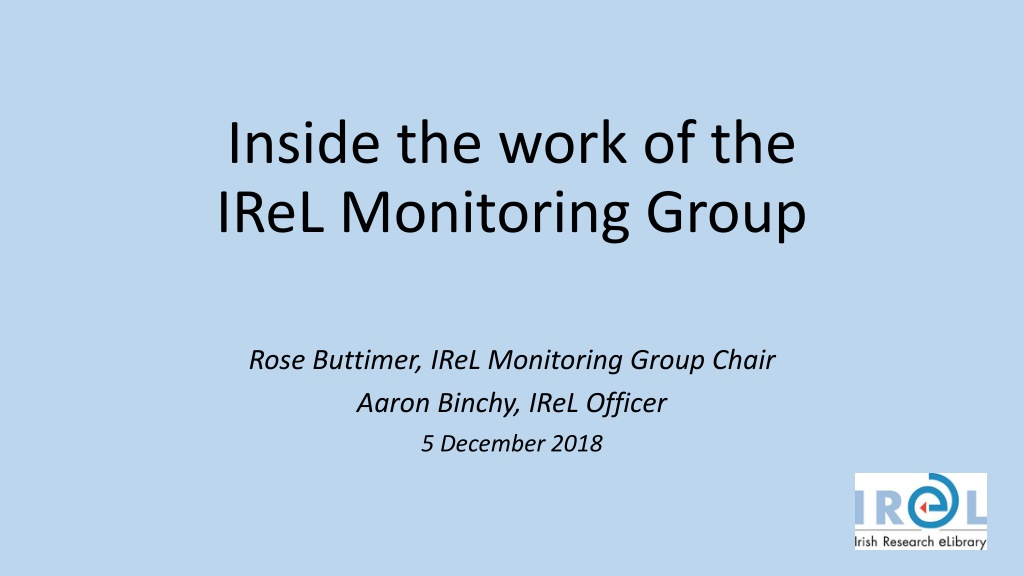






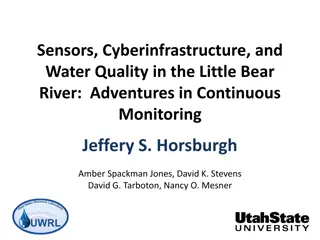


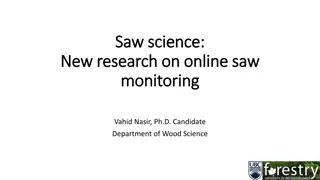

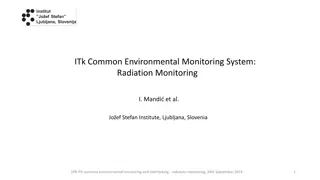

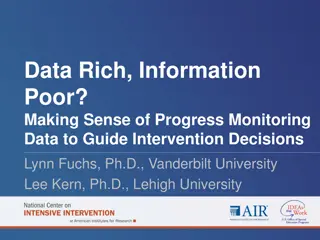

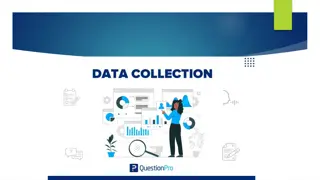

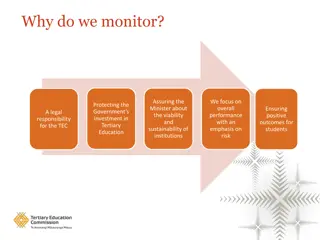
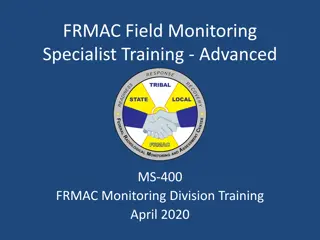
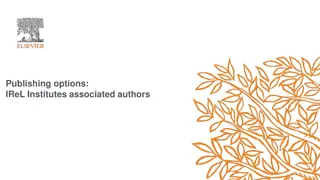
![National WinS Data Collection and Analysis in [Insert Country]](/thumb/234463/national-wins-data-collection-and-analysis-in-insert-country.jpg)
